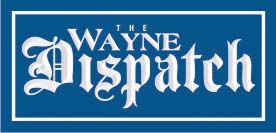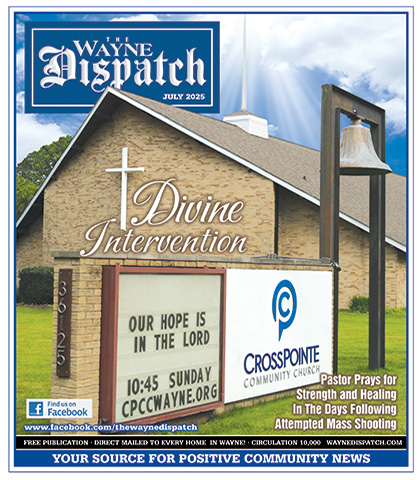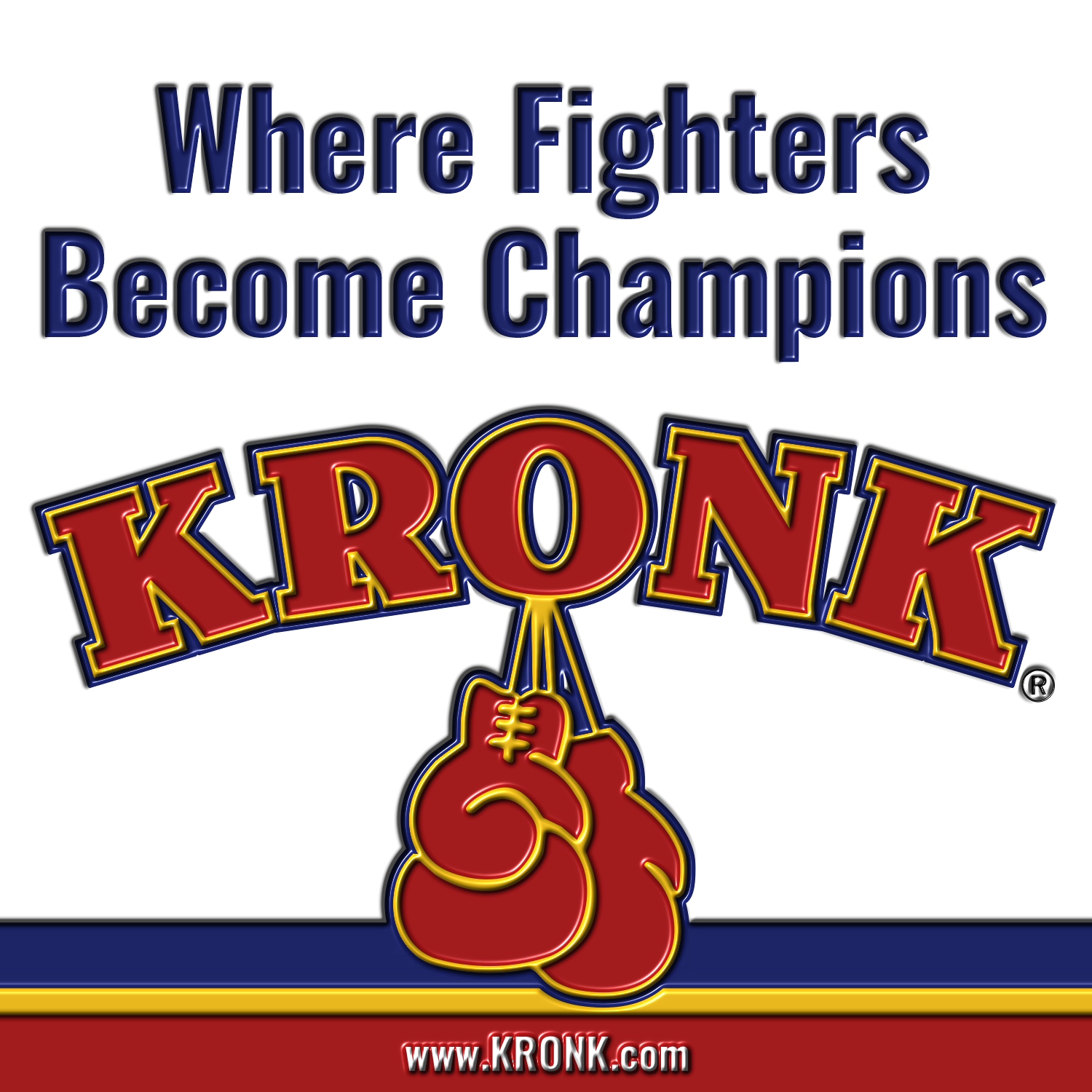An experiment that is out of this world
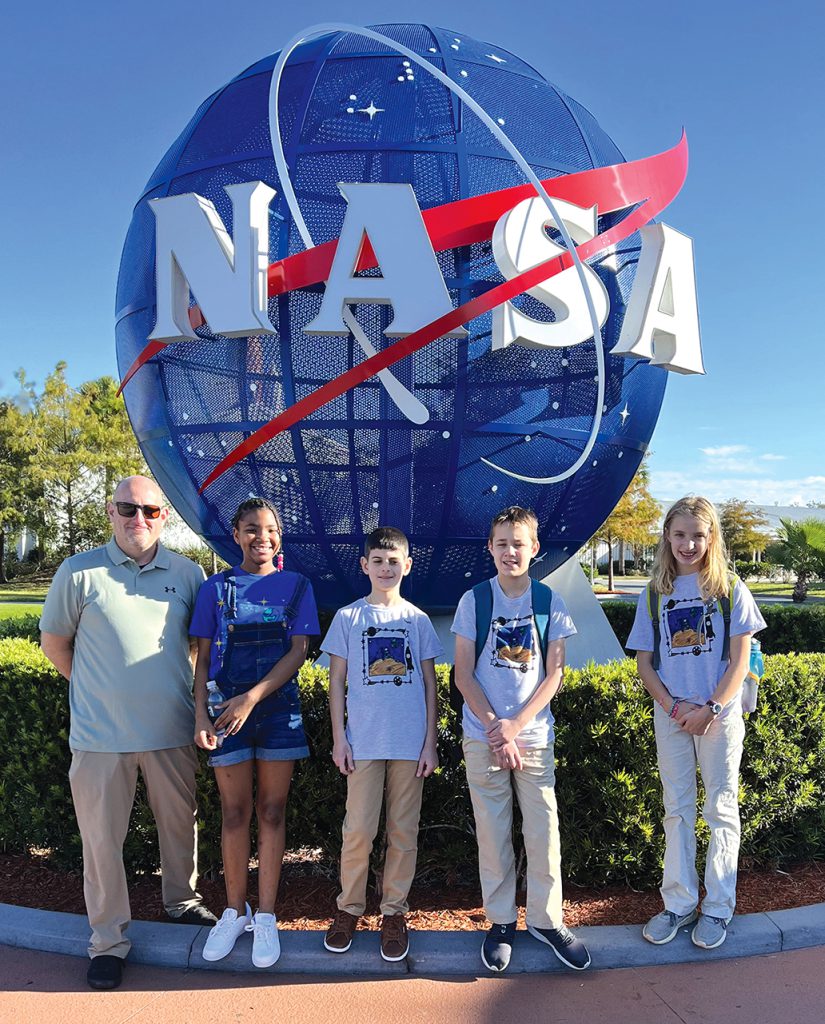
Michael Hall, Amerie Parkes, Devid Zace, Brayden Albright and Michaela DeVries at the Kennedy Space Center
By Sarah Shurge – “This is a once in a lifetime experience they got to do,” said Michael Hall, Walker-Winter Fifth Grade Teacher.
Selected Walker-Winter Elementary School students competed in and won the SSEP Flight Opportunity – Mission 17 to the International Space Station.
Student Spaceflight Experiments Program (SSEP) was launched in June 2010 by the National Center for Earth and Space Science Education (NCESSE) in partnership with Nanoracks, LLC.
The program was designed as a model U.S. national Science, Technology, Engineering, and Mathematics (STEM) education initiative.
Students participating in SSEP Flight Opportunity – Mission 17 had the ability to design and propose real microgravity experiments to fly in low Earth orbit (experiments conducted in a “weightless” environment).
The winning student-teams’ designed microgravity experiment is transported through launch to the International Space Station (ISS) where it is operated by the astronauts.
Hall and his students got their experiment idea while hunting for mushrooms in the school playground. Their experiment is titled “Mushroom Germination in Microgravity” and is focused on if mushrooms can germinate in a microgravity environment, so future space explorers can benefit from this.
The 5th grade team consists of: Co-Principal Investigators – Bailey Needham and Michaela DeVries, and Co-Investigators – Kinnidy Jones, Devid Zace, Brayden Albright, and Bassam Qaqish.
They chose Lion’s Mane mushroom for their experiment due to the many benefits, not just for a person’s health, but for the environment as well.
Some health benefits include boosting the human immune system, lowering risks of cancer caused by space radiation, and protection from mental disease.
Mushrooms have the capability to absorb toxins, and turn that into food for plants, thus creating terraformation. Mushrooms are also capable of breaking down rocks and minerals, creating nutrient filled soil for plants to grow in.
For the experiment, they wanted to see if Lion’s Mane spores will germinate in a microgravity environment.
To do this, they assembled a mini-lab and will have an astronaut follow their experimental procedure aboard the ISS while they conduct the same experiment in the classroom on the ground. They will then compare the controlled variable in the classroom to the mini-lab once returned to earth to determine if mushroom spores germinated in a microgravity environment.
“They really worked hard on this,” said Hall. “We had word that our class had won but we needed to make corrections. We had a power outage that day, so we met online, worked on it all day, and got it done. I’m so proud of them for the work they put forth.”
Hall has been teaching at Walker-Winter Elementary School for 12 of his 18 years teaching career.
“My job allows me to be innovative with young kids; seeing the lightbulb go off in their minds, seeing that ‘aha’ moment,” said Hall. “My favorite part is that everyday can be different. I’m not in a cubicle or doing the same thing over and over.”
SSEP reported there were a total of 2,261 proposals that were submitted from student teams across 37 communities participating in Mission 17. Review Boards reviewed these proposals and by February 3rd, 2023, 39 flight experiments were selected for SSEP Mission 17 to ISS.
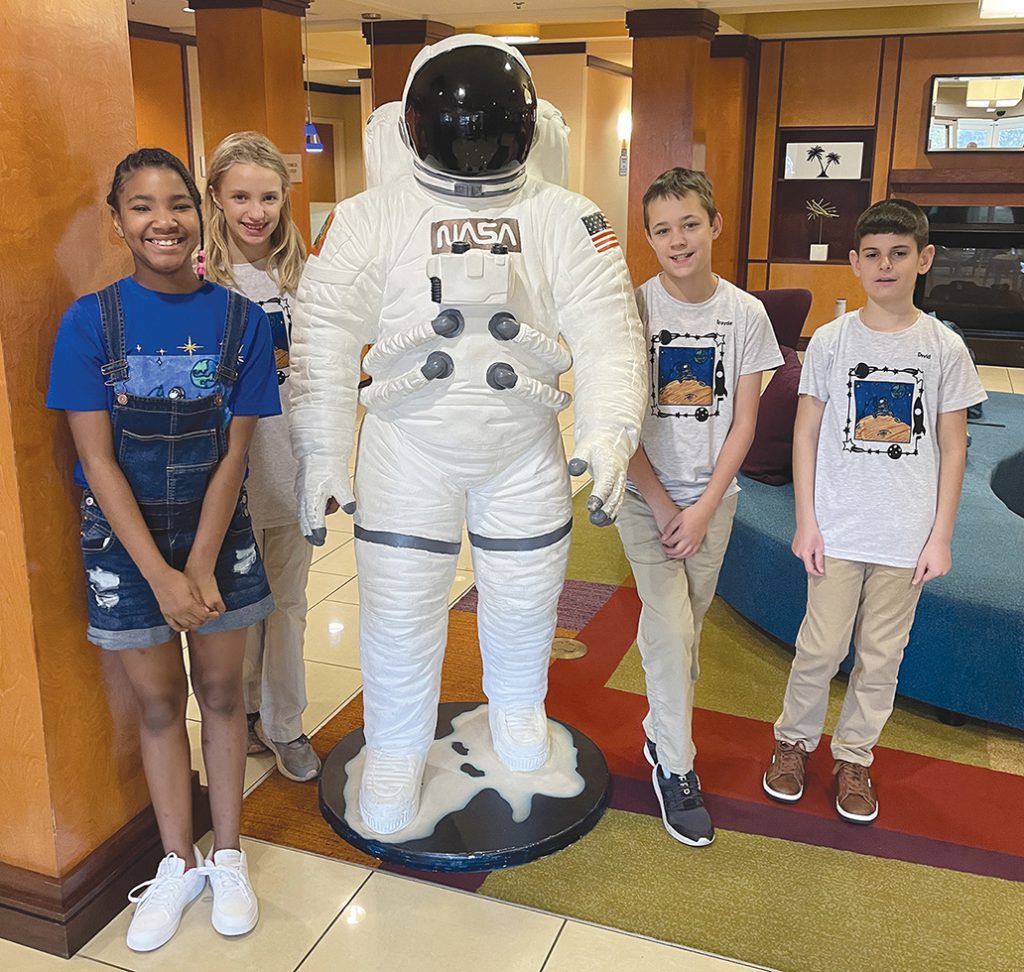
Amerie Parkes, Michaela DeVries, Brayden Albright and Devid Zace pose with a astronaut statue before leaving the hotel.
Walker-Winter Elementary School’s “Mushroom Germination in Microgravity” was one of the 39 experiments selected for flight.
Winning Mission 17 required the team to travel down to Florida to present their work to their peers. The trip was delayed many times and funding was a concern.
Brynn Majewski, Instructional Coach, helped plan the trip, and many sponsors stepped up to make this trip possible for the students.
Sponsors included: Community Circle SE, LTU STEM Center, Midwest Grow Kits, North Spore, Wayne 100 Club, Wayne Ford Civic, Westland Rotary, WWCSD STEM Center, Wayne-Westland Community Schools. Community donations included: Elizabeth Lehto, Kristin Bertoia, and Gwynn Bondy.
“Because they won I was able to live out my dreams from being a child,” said Hall. “I asked to go to space camp when I was a kid in 5th grade and wasn’t able to go, so I was able to live out my childhood dreams going with them. It was one of the best experiences of my life.”
The team flew down to Florida on Wednesday, November 8th, through Saturday, November 11th. The launch was Thursday, November 9th.
“The most rewarding part was seeing my 5th graders up on the stage, presenting their work and displaying their knowledge. Seeing how young they are and competing with some of the best and brightest minds in the world,” said Hall. “They were asked hard questions, but they answered everything and they owned up to questions they were stumped on.”
Aside from watching the launch, the team was able to visit the shoreline where the launch pads are and they were able to go into the ocean.
“Some kids had never been to Florida or the ocean before,” said Hall.
Amerie Parkes, 6th grade patch design winner, was one of those students.
“I had never been but I had a lot of fun out there. It was really cool,” said Parkes.
Parkes designed a patch of an astronaut sitting on a planet fishing for constellations.
“My favorite part of the trip was going down to see the launch on the bridge. It was fun,” said Parkes.
Congratulations to Hall and the Walker-Winter Elementary School students on their Mission 17 selection!
